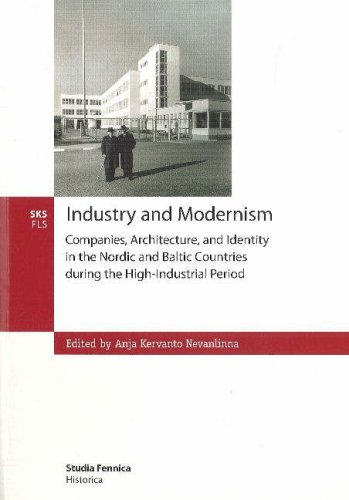Industry and Modernism: Companies, Architecture and Identity in the Nordic and Baltic Countries During the High-Industrial Period - Softcover

"synopsis" may belong to another edition of this title.
- PublisherFinnish Literature Society,Finland
- Publication date2007
- ISBN 10 9517469365
- ISBN 13 9789517469364
- BindingPaperback
- Number of pages402
- EditorAnja Kervanto Nevanlinna
Buy New
Learn more about this copy
Shipping:
£ 25
From United Kingdom to U.S.A.
Top Search Results from the AbeBooks Marketplace
Industry and Modernism: Companies, Architecture and Identity in the Nordic and Baltic Countries During the High-Industrial Period
Book Description Soft cover. Condition: New. 401 pages : illustrations, maps ; 26 cm. In the book Industry and Modernism, the meaning of industrial production is discussed particularly in the context of the Nordic and Baltic postwar histories. The polarities of the Cold War suppressed similarities between the two worlds such as the shared belief in the power of architecture, planning and technology to construct new societies. For many western European countries, Nordic countries represented a model of the welfare state, just as Baltic countries were seen as models within the Soviet hegemony. In the book, economic and social history is integrated with business history, architectural history, and the study of industrial heritage. Seller Inventory # PGtied63

